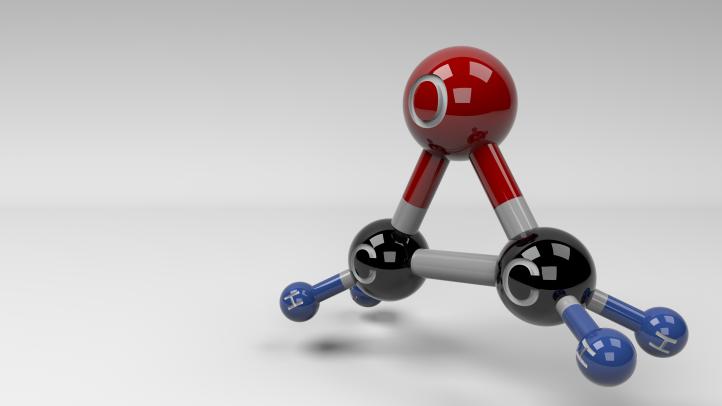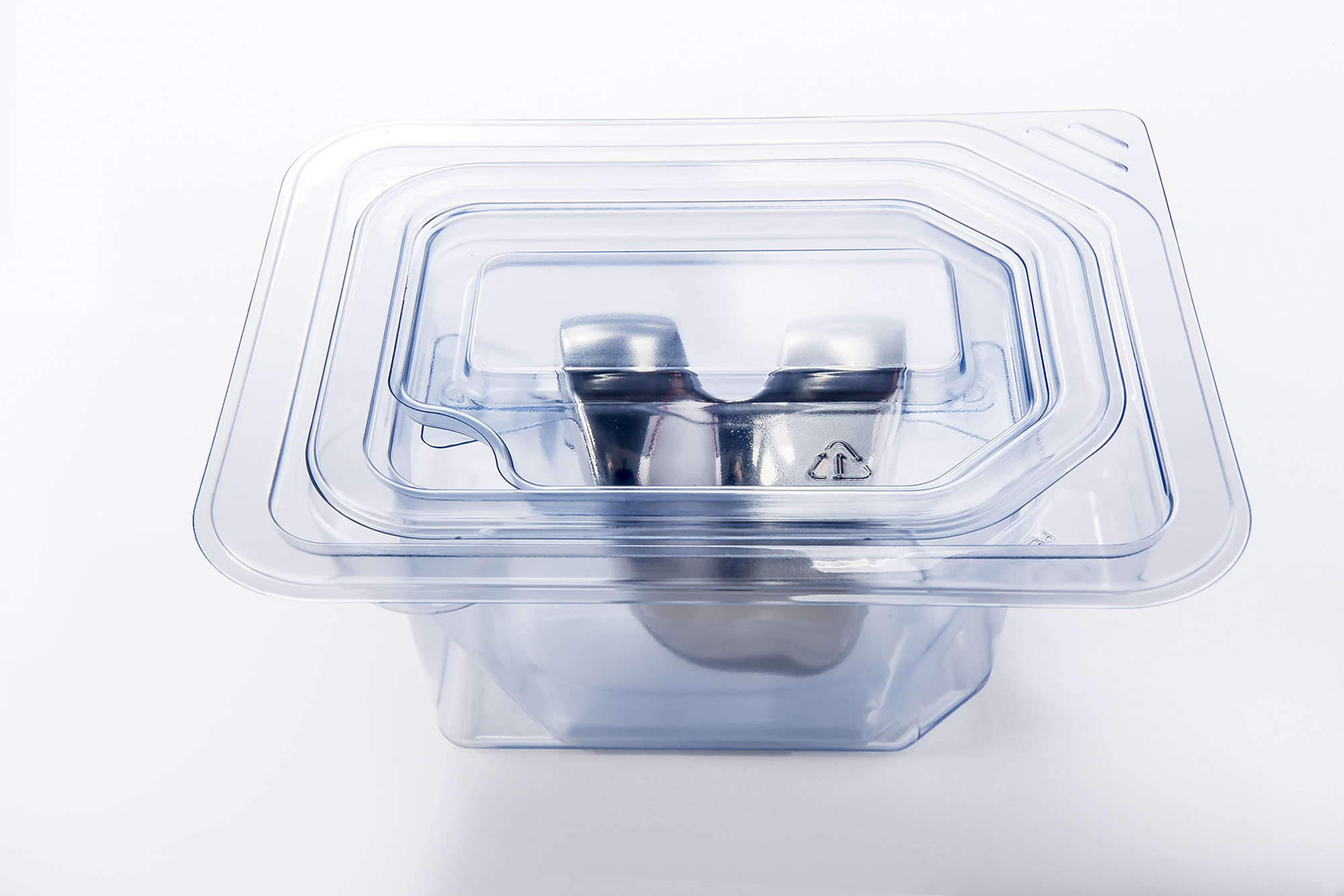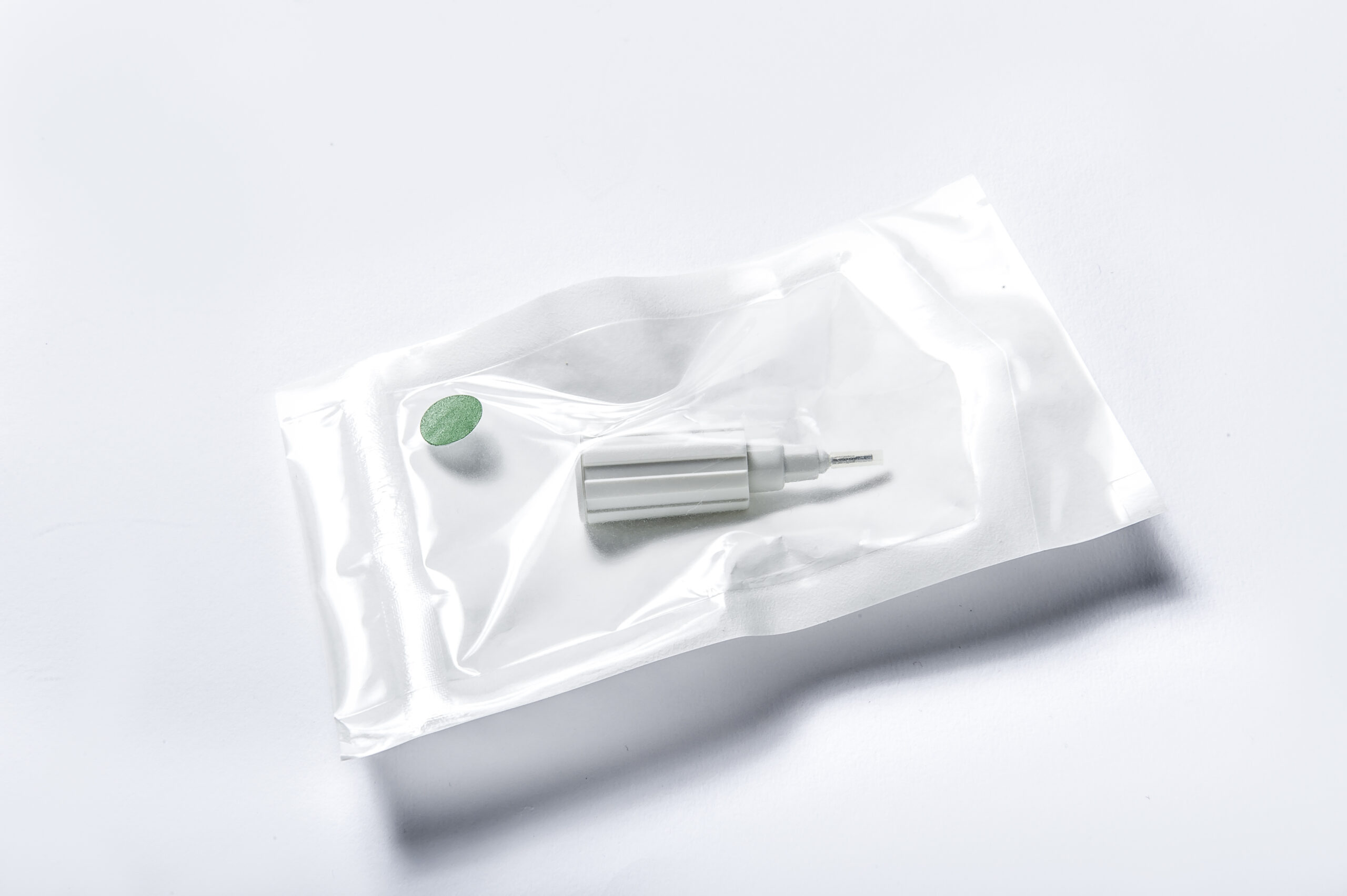EO Sterilization & Medical Device Packaging
Sterilization is a critical step in the manufacture of medical devices, as it helps to ensure that the devices are free of harmful microorganisms and safe for use.
Ethylene Oxide (EO) sterilization is one of the most widely used methods in the medical device industry, due to its effectiveness in sterilizing a wide range of materials and its compatibility with many different types of medical devices.
In this blog, we will explore the advantages and limitations of EO sterilization related to medical device packaging, as well as the process and considerations for successful implementation. Whether you are a medical device manufacturer or simply curious about the sterilization process, this blog will provide valuable insights and information on EO sterilization in medical device packaging.

What is EO Sterilization?
Ethylene Oxide sterilization is a method of sterilizing medical devices and equipment using ethylene oxide gas. This method works by penetrating the material and killing microorganisms, through a combination of gas exposure time, temperature, and humidity.
As mentioned, EO sterilization is widely used in the medical device industry (followed by Gamma radiation and Steam) accounting for approximately 50% of sterilization methods. It is effective in sterilizing a wide range of materials, including those that are heat-sensitive or cannot be sterilized using other methods such as steam sterilization. Additionally, EO sterilization has a low impact on the integrity of the medical device, making it a popular choice for manufacturers.
Importance of sterilization in medical device packaging
The sterilization of medical devices is an essential step in the manufacturing process, as it helps to ensure the safety and efficacy of the devices for patients and healthcare providers. When it’s done properly, sterilization helps to eliminate harmful microorganisms, such as bacteria, viruses, and spores, that can cause infection or other adverse health effects.
Another aspect that plays a critical role in the sterilization process is medical device packaging. The packaging material must provide adequate protection for the device during transportation and storage and must be compatible with the chosen sterilization method. Besides that, the packaging must also be able to withstand the rigors of sterilization, including exposure to heat, pressure, and chemicals, without affecting the performance of the device.
What’s crucial in this process is the selection of the right sterilization method and packaging material. When choosing one of these, manufacturers must consider factors such as the type of device, the materials used in its construction, and the intended use of the device, as well as regulatory requirements and industry standards. But before we get deeper into the details, let’s see some of the overall benefits of EO sterilization.

Benefits of EO Sterilization
Ethylene Oxide (EO) sterilization is a widely used method of sterilizing medical devices, offering many benefits and advantages over other sterilization methods. Some of the key benefits of this type of sterilization include:
- Effectiveness in sterilizing various materials: EO sterilization is effective in sterilizing a wide range of materials, including plastic, metals, and textiles. This versatility makes EO sterilization a popular choice for manufacturers of medical devices made from a variety of materials.
- Compatibility with a wide range of devices: EO sterilization is compatible with many different types of devices, including those with complex shapes, intricate designs, and delicate components.
- Minimal impact on the integrity of medical devices: Unlike other sterilization methods, EO sterilization has a low impact on the integrity of the device. This means that the device is not subject to significant structural changes, such as warping or deformation, after sterilization.
- Effective in sterilizing heat-sensitive materials: EO sterilization is effective in sterilizing heat-sensitive materials that cannot be sterilized using other methods, such as steam sterilization. This makes EO sterilization a popular choice for manufacturers of heat-sensitive medical devices, such as electronic devices and certain types of implants.
Despite the many benefits of EO sterilization, it is important to also consider the potential safety and health concerns associated with the process. In the next section, we will examine some of the key safety and health issues.
EO Considerations
As with any other method for sterilizing medical devices, there are some challenges to be aware of regarding EO sterilization that must be managed by experienced providers.
- Residual EO residue: To minimize this, it’s important to follow proper validation and monitoring procedures to keep residual EO levels low.
- Handling EO gas: As it is a toxic substance, it’s important to take appropriate precautions when handling EO gas. This includes wearing the right protective equipment and following strict safety procedures.
- Environmental impact: To reduce this impact, it’s important to follow local and national regulations and guidelines for the safe and responsible use of EO gas.
Regulatory agencies, such as the U.S. Food and Drug Administration (FDA), play an important role in ensuring the safety and efficacy of sterilized medical devices. The FDA sets standards and guidelines for sterilization methods and regularly inspects sterilization facilities to ensure compliance with these standards.
However, by following proper validation and monitoring procedures, using appropriate personal protective equipment, and following local and national regulations, medical device manufacturers can minimize the risks and ensure the safety and efficacy of their devices as they do for decades.
EO Sterilization and Medical Device Packaging
EO sterilization in medical device packaging plays a critical role in ensuring the safety and efficacy of these devices for patients and healthcare providers. It ensures that the devices are free of harmful microorganisms, such as bacteria and viruses before they are used by patients. This process typically involves exposing the packaged devices to EO gas in a sealed chamber, where the gas penetrates the packaging material and sterilizes the device.
Once the sterilization process is complete, the EO gas is removed from the chamber and the packaged devices are ready for use.
To ensure the safety and efficacy of medical devices that have been sterilized using EO, it is important for manufacturers to work with experienced and reputable sterilization companies and to follow strict quality control procedures. This includes regular testing and monitoring of the sterilization process to ensure that medical devices are free of harmful microorganisms and that the EO gas is properly managed to minimize potential health and environmental risks.

Types of Packaging Materials Used
One of the key considerations in the use of EO sterilization in medical device packaging is the choice of packaging material. The packaging material must provide adequate protection for the device during transportation and storage and be compatible with the chosen sterilization method. In addition, the packaging must also be able to withstand the rigors of sterilization, including exposure to heat, pressure, and chemicals, without affecting the performance of the device.
Considerations for sterilization indicator placement
Another important consideration is the placement of sterilization indicators on the packaging. Sterilization indicators are used to monitor the effectiveness of the sterilization process and to ensure that the device has been properly sterilized. The placement of sterilization indicators on the packaging must be carefully considered, ensuring that they are easily visible and accessible, while also being protected from damage during transportation and storage.
EO Advantages
By understanding the advantages of EO sterilization in medical device packaging, manufacturers can make informed decisions about their product’s sterilization requirements and ensure that the packaged medical devices are safe for use.
And while it’s great to have a solid understanding of the advantages, it’s also important to stay up-to-date with the latest regulations. The regulatory requirements for medical device packaging and sterilization can be complex and constantly evolving, adding another layer of challenge to the process. Manufacturers must be familiar with the latest regulations and guidelines, and take appropriate steps to ensure that their packaging and sterilization processes are in compliance with these regulations. And, more often than not, it is to their advantage to work with an experienced sterilizer and contract packaging partner who deals with these regulations every day and understands them thoroughly.

Conclusion: Future outlook for EO sterilization in medical device packaging
With its versatility, compatibility, and minimal impact on device integrity, EO sterilization has become a popular choice for medical device manufacturers. And EO sterilization remains a crucial tool for the medical device industry when it is used effectively by a licensed and experienced sterilizer.
However, the industry has been exploring options for safer sterilization methods for years, and the challenge remains to find a method that is as effective as Ethylene Oxide sterilization for products intended for implantation in the human body. This has resulted in a limited number of sterilization companies and rigorous regulations for establishing a sterilization facility. Additionally, the closures of several high-profile facilities by the EPA due to leaks have further impacted the sterilization capacity in the industry, making access to sterilization services especially challenging for smaller players.
Here, at PRO-TECH Design, one of our advantages is combining smaller customer orders into larger lots for increased efficiency. Besides that, our long-standing relationships with leading sterilization companies give us a competitive edge in the industry. These relationships give us an understanding of the latest industry standards and best practices and allow us to provide our customers with reliable and efficient sterilization services.
FAQ
What are the agencies and organizations responsible for establishing medical device packaging sterilization standards?
There are several national and international agencies and organizations responsible for releasing standards, regulations, or recommendations related to sterilization and medical devices, including the FDA, ISO, and AAMI, among others.
What is ISO 11135?
ISO 11135:2014 is a set of international standards for the sterilization of medical devices using ethylene oxide. The standards cover the requirements for the design, validation, and routine control of EO sterilization processes, as well as the monitoring of sterilization conditions and the assessment of sterilization efficacy.
What is Gamma sterilization?
Gamma sterilization is a method of sterilizing medical devices using ionizing radiation from a gamma source, such as cobalt-60. This method is used to sterilize medical devices that cannot be sterilized using other methods, such as heat-sensitive devices.
What are the different sterilization methods?
There are several methods for sterilizing medical devices, including:
- Ethylene oxide sterilization (EO)
- Steam sterilization (autoclaving)
- Gamma sterilization
- Electron beam sterilization
- Hydrogen peroxide sterilization
What are the risks of non-EO sterilization?
The risks of non-EO sterilization depend on the specific sterilization method used. Some common risks include the damage or degradation of the medical device due to high temperatures or harsh chemicals, as well as the potential for the release of toxic substances into the environment.
It is also important to note that some sterilization methods may not be effective in sterilizing all types of medical devices or materials. Additionally, some methods may not be compatible with certain medical device components, such as those made of heat-sensitive materials. Furthermore, the efficacy of some sterilization methods can be impacted by the type of packaging used, the size and shape of the device, and the presence of any crevices or other areas that may be difficult to access for sterilization. Therefore, it is crucial for medical device manufacturers to work with their packaging partners to carefully evaluate the appropriate sterilization method for their particular device.
What is pre-validated packaging?
Pre-validated packaging refers to packaging materials and processes that have been validated and approved for use in the sterilization of medical devices. This validation includes testing to ensure that the packaging materials are compatible with the sterilization method, can adequately protect the medical device, and meet other regulatory requirements.
